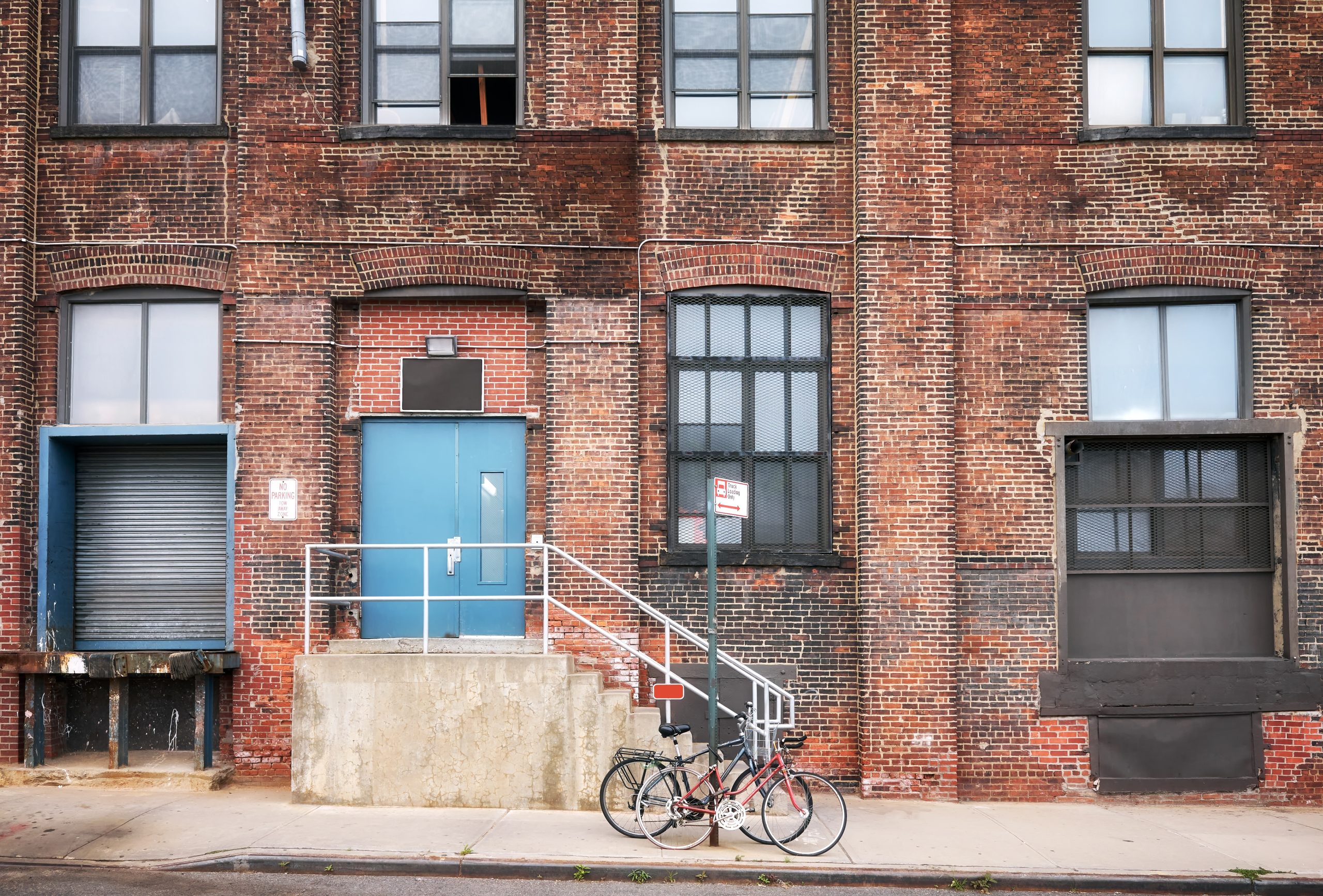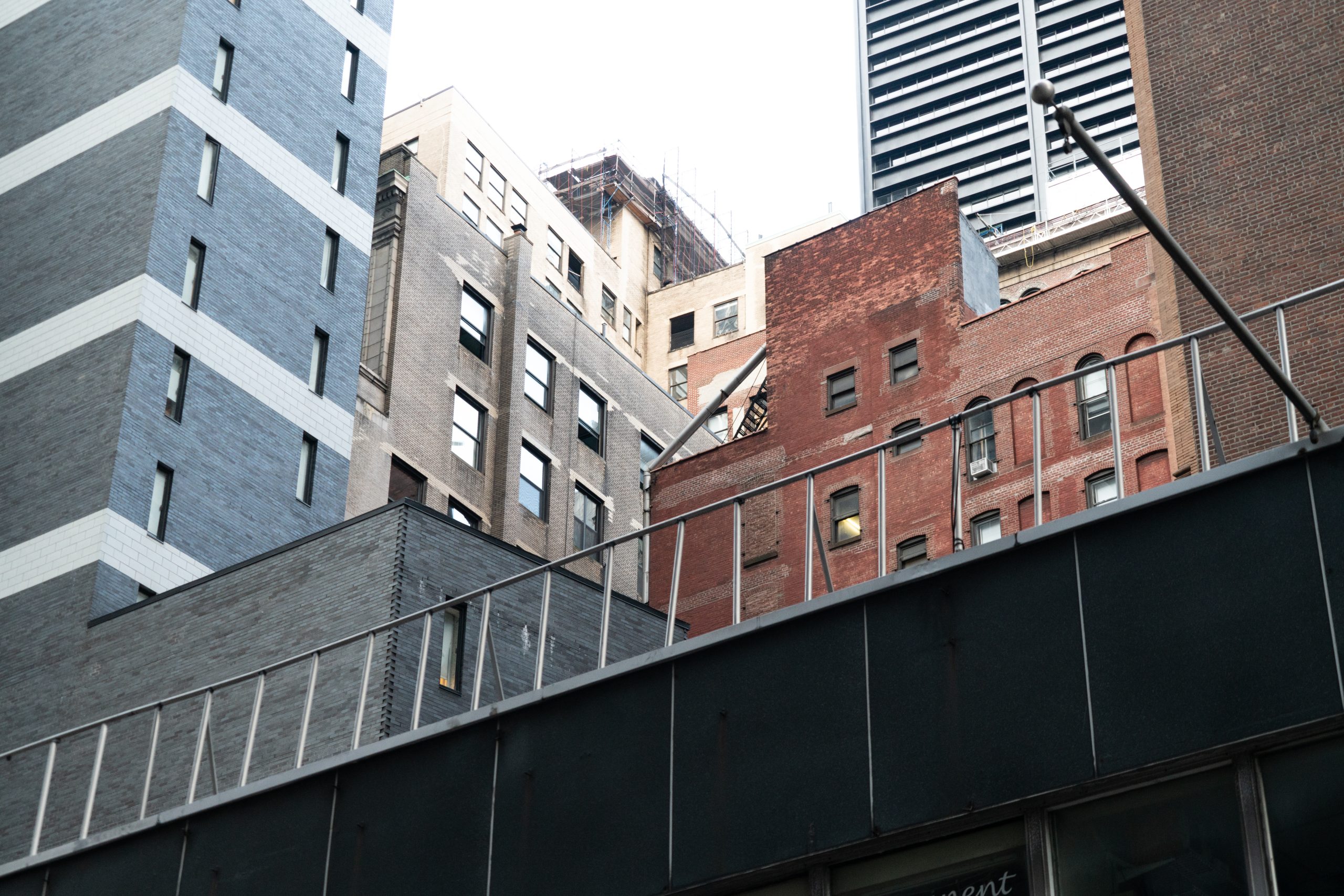Winning a Tenant a Rent Stabilized Apartment, a Forever Home
April 30, 2023
Last Fall, I won a trial on behalf of a residential tenant and secured him a Rent Stabilized apartment, a forever home. This was a 421a building being treated as a cooperative, which was really a rental building. My client was sued as a free-market tenant. By the end of the trial, the Court held that he was Rent Stabilized.
The trial took six days. What was particularly challenging about this trial, in addition to the subject matter, was that three days of trial were on one side of the Pandemic and three days were on the other. Trial work is difficult, for everybody – for the judges and the lawyers. But trial work becomes a whole new type of hard when you put a Pandemic in the middle of it. This trial had 33 exhibits. Half of them had been put into evidence before the Pandemic delayed the trial for two and a half years. When we returned to court in the Fall of 2022, the Court could not find the first 15 exhibits! I figured my adversary had less interest in most of these first 15 exhibits than I did (because I had gone first in the trial even though I was defending not prosecuting, because I was putting a witness from HPD on and we did not want to keep that person waiting). So, I sat there on a Sunday afternoon for four hours, making three copies of the first 15 exhibits (one for the Judge, one for my adversary, another for myself), and labeling them. Some of the exhibits were piles of tax bills that were hundreds of pages long. I topped them off with a one-page chart that described each document for easy reference. That is how trial work goes. It is not the glamorous stuff you see on TV. Rather, trial work is a mountain of details and logistics.
Trial work is telling a story, but not with narrative like in oral argument or with writing like in a brief. At a trial, you tell the story though characters (witnesses) and props (exhibits). But the catch is that you are never sure that you can use your props (your exhibits) because before they are available to help tell the story you must get the exhibits admitted into evidence. For each exhibit you need to answer these questions for the Court: Why is this document relevant? How do I prove this document is authentic? How does this document overcome hearsay? Who knew that for this trial, I also would also have to answer the question – and will it be found in the courthouse two and half years after the first days of trial?!
A few days after the first fifteen exhibits were painstakingly recreated, the original first 15 exhibits turned up in some dusty corner of the courthouse.
Respectfully submitted,






